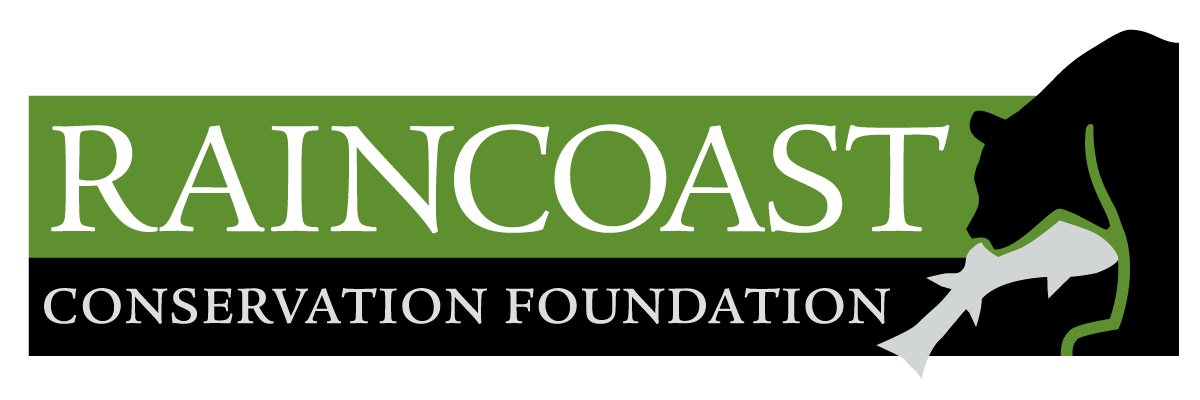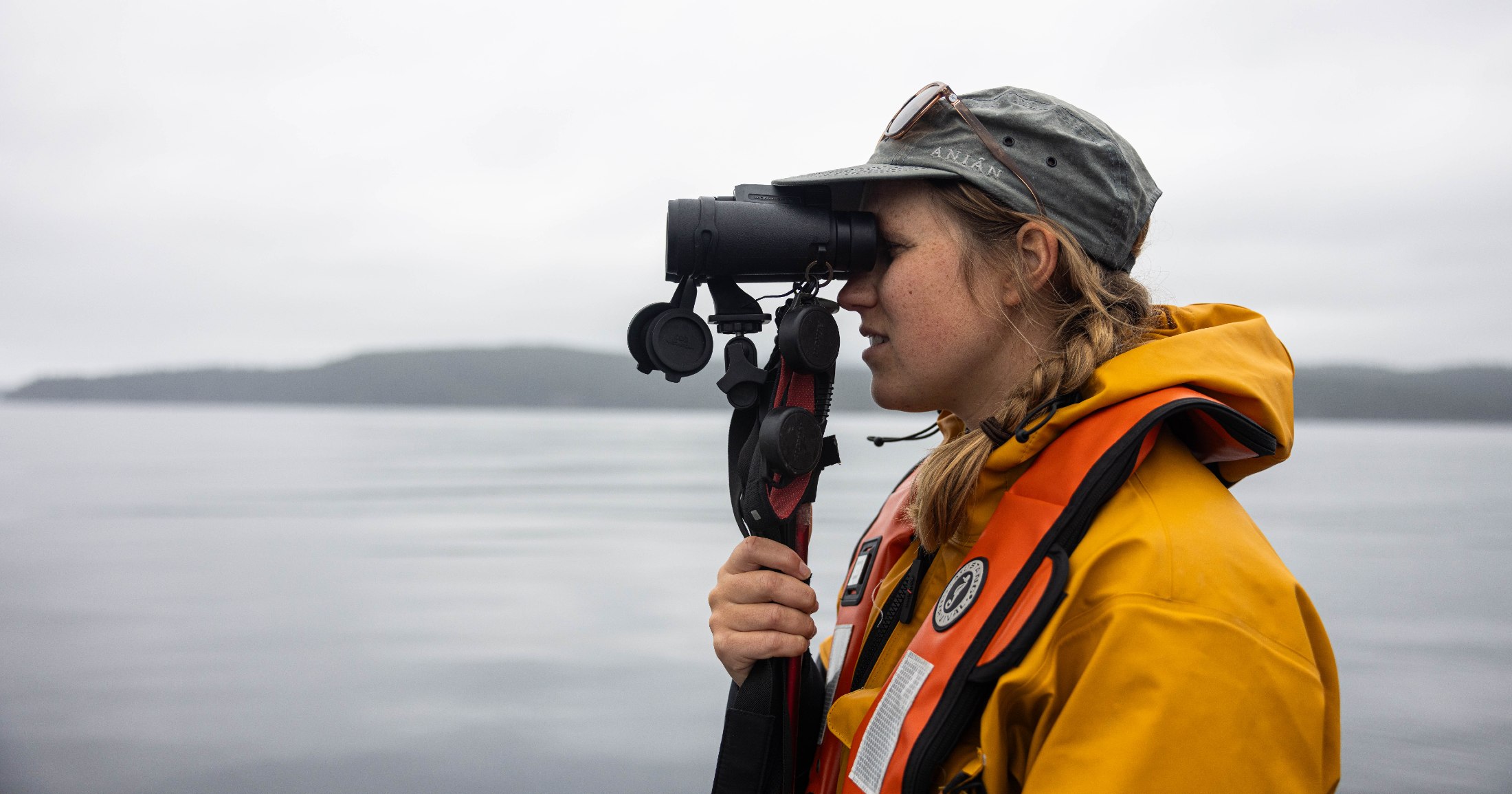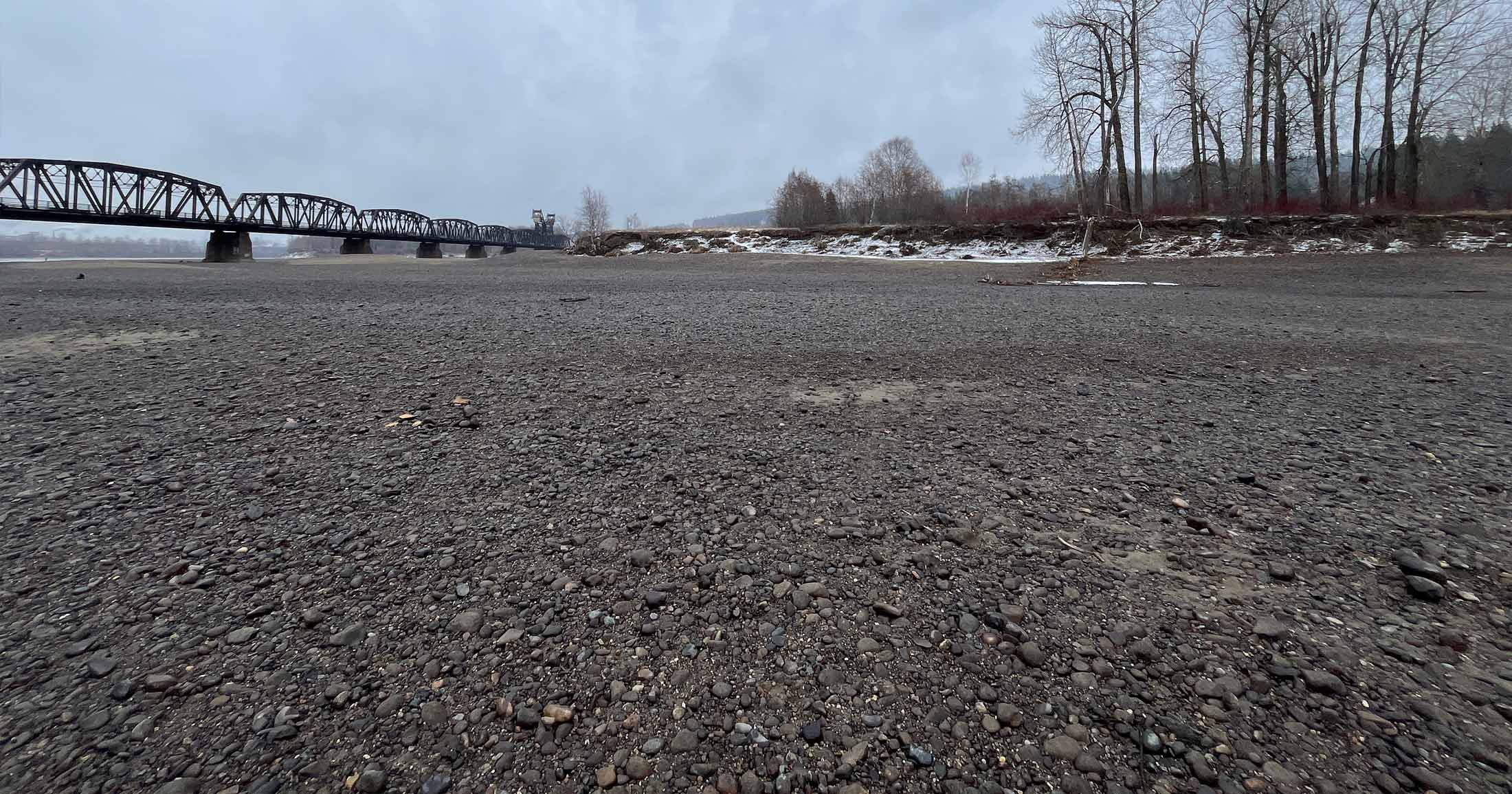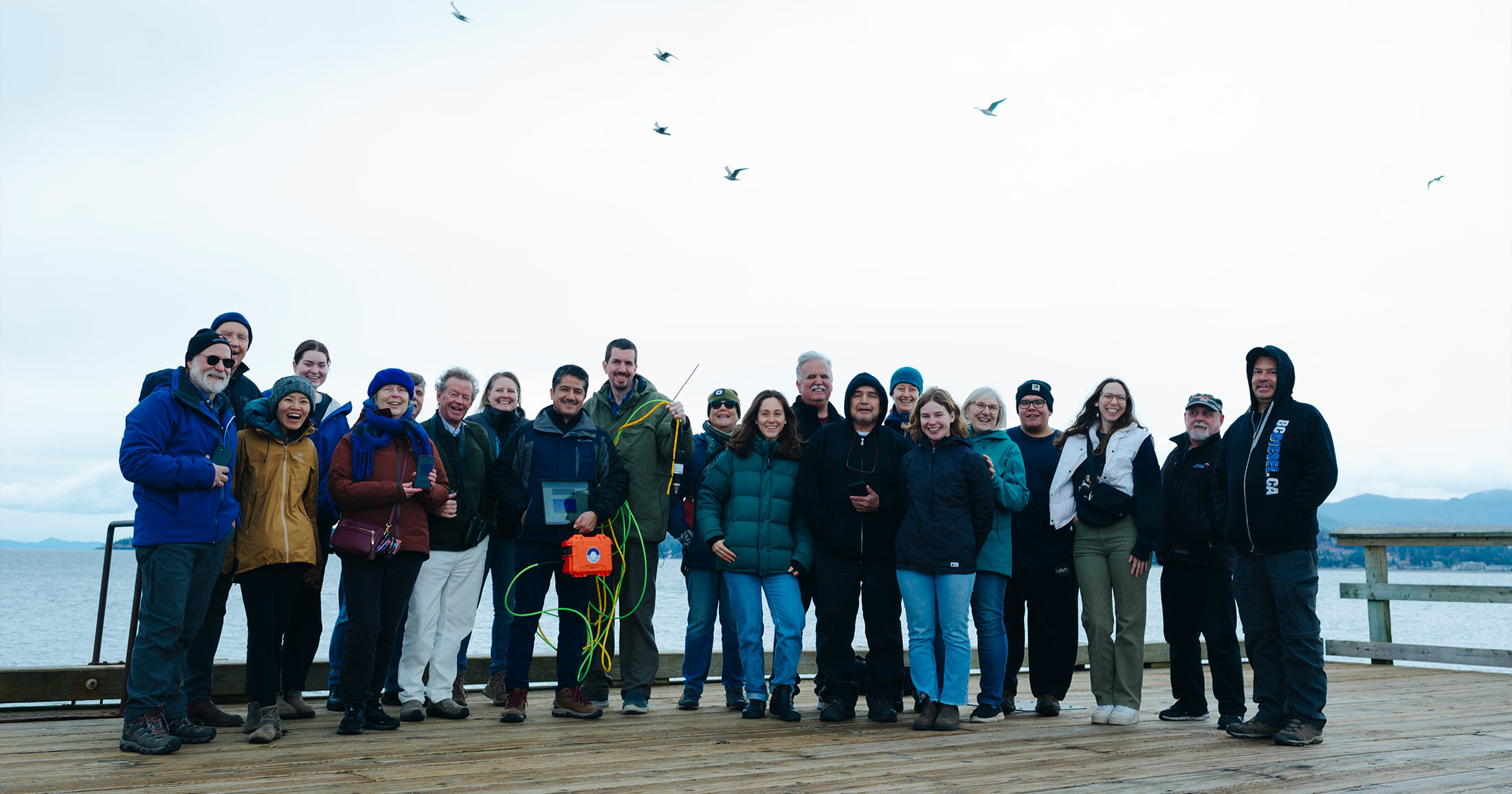Raincoast responds to fish farm comments in Vancouver Sun
The recently released peer-reviewed paper published in the Public Library of Science ONE, Sea louse infection of juvenile sockeye salmon in relation to marine salmon farms on Canada’s west coast, authored by Raincoast biologist and University of Victoria M.Sc candidate Michael Price, Dr. Craig Orr and Stan Proboszcz from Watershed Watch Salmon Society, Dr. Allen Gottesfeld, and Dr.’s Rick Routledge and John Reynolds from Simon Fraser University, suggests that salmon farms in the northern Georgia Strait elevate levels of sea lice on juvenile sockeye salmon from the Fraser River. Below, I address some of the inaccuracies leveled against the paper.
Industry disputes fish farm sea lice is harming wild salmon – February 17, 2011
Comment: “There’s a lot of research that shows it [sea lice from salmon farms] is not resulting in population declines. Not only has it been shown that Pacific salmon are resistant to damage from sea lice once their scales are fully developed, but a study published in December compared sea lice data directly to returns of pink salmon in the Broughton and showed there was no relation between lice levels on farms and wild salmon returns”.
Response: The above mentioned article published in December is in fact the only paper to show that wild salmon population declines in regions with salmon farms are not correlated with sea lice from farms. This study, based on a nine-year time series, lacked full statistical comparisons of productivity in regions without salmon farms. Other studies that included such comparisons reported significant declines in productivity of pink salmon in relation to salmon farms (Krkosek et al. 2007, Science 318: 1772-1775; Krkosek & Hilborn 2011, Can. J. Fish. Aquat. Sci. 68: 17-29).
In regards to juvenile sockeye, research to date has not examined the effects of sea lice on individual fish or populations. However, evidence is mounting that marine parasites, such as sea lice, can induce behavioural changes that may result in higher mortality rates for hosts. The transition from freshwater to marine environments is one of the most physiologically demanding phases for salmon, and overall marine survival appears to depend on rapid early marine growth. Even low levels of parasitic infection may be harmful during this critical period. Moreover, the presence and abundance of sea lice on juvenile sockeye may be an indicator for other farm-origin pathogens. Given the high intensities of lice observed on some juveniles in our study (i.e., 28 lice/fish), concern is justified.
Support our mobile lab, Tracker!
Our new mobile lab will enable the Healthy Waters Program to deliver capacity, learning, and training to watershed-based communities. We need your support to convert the vehicle and equip it with lab instrumentation. This will allow us to deliver insight into pollutants of concern in local watersheds, and contribute to solution-oriented practices that protect and restore fish habitat.










